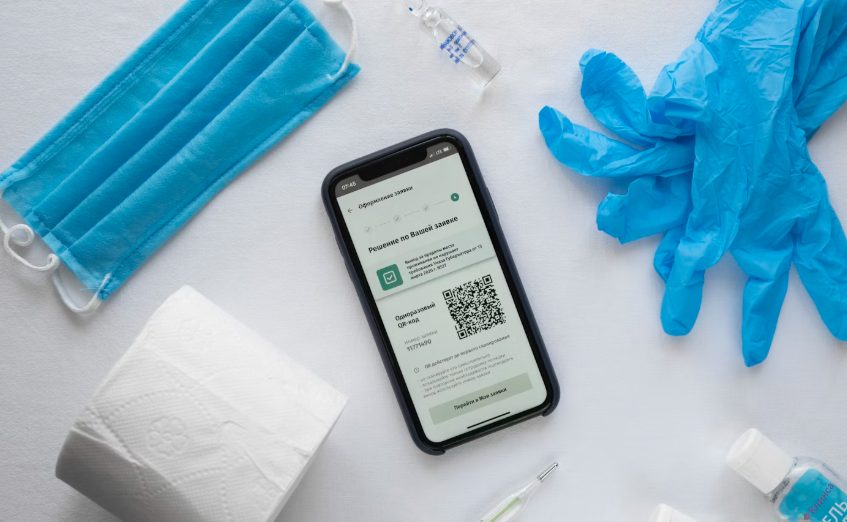
@ShahidNShah


In the age of digital transformation, the healthcare sector is under growing pressure to provide more efficient, secure, and patient-centric services. One tool gaining momentum across hospitals, medical practices, diagnostic centers, palliative care institutions, and digital health platforms is the QR code. From enabling frictionless check-ins to providing access to lab results or patient education, QR codes help bridge the gap between physical care environments and digital resources.
But the value of QR codes depends largely on choosing the right provider. With dozens of platforms offering QR generation services, healthcare organizations must consider more than just price or ease of use. In fact, the choice of a QR code service provider can significantly impact security, interoperability, and long-term scalability.
Here’s a comprehensive guide to selecting a QR code solution tailored to the healthcare sector’s unique needs.
First and foremost, your provider must align with healthcare-specific compliance standards such as HIPAA in the United States or GDPR in Europe. Patient information must be protected at every touchpoint, and your QR code provider should never store or expose sensitive data unnecessarily.
Choose a platform that supports secure, encrypted QR codes and offers clarity on how user data, scan analytics, and QR destinations are managed. Whether you’re a diagnostics center sharing lab results or a hospital directing patients to personalized care portals, compliance is a critical baseline requirement.
Static QR codes are limited—they cannot be updated once created. In a fast-paced healthcare setting, this can lead to wasted materials and communication inefficiencies. Instead, look for a provider that offers dynamic QR codes, which can have their destination URLs updated in real-time.
This is especially useful for:
Dynamic QR codes also help reduce costs, since you won’t need to reprint physical signage or patient forms.
Beyond functionality, analytics capabilities set the best QR providers apart. Choose a platform that provides detailed scan data—when, where, and on which devices scans occur. These insights can guide digital strategy decisions, from optimizing patient engagement to understanding trends in specific wards or clinics.
For digital health vendors and IT leads, the ability to integrate QR usage data with internal dashboards or analytics tools offers added value in clinical performance assessments.
A good QR platform should be accessible to users across departments, regardless of technical ability. Administrative staff, nurses, marketing teams, and department heads should be able to create, manage, and track QR codes with ease.
Look for:
Providers like Trueqrcode are designed with simplicity in mind, offering a platform where even non-technical staff can create professional, trackable QR codes in seconds.
Healthcare is built on trust. Customizable QR codes that match your organization’s branding—such as including your logo, using brand colors, or adding call-to-action text—enhance credibility and increase scan rates.
This is especially important in printed materials like appointment cards, prescription labels, and lab reports where patient confidence is essential.
Whether you’re managing one practice or a regional healthcare network, your QR code system should scale with your needs. As you add more services, locations, or campaigns, your provider should offer the tools to manage them effectively.
Choose a service that supports:
QR codes are no longer a novelty—they’re an operational necessity in modern healthcare delivery. But to maximize their impact, your organization must partner with the right technology provider.
The ideal QR code service provider will offer not just flexible and secure QR creation, but also the ability to integrate with your systems, support your teams, and grow with your organization’s goals.
In a world where patient expectations are high and compliance stakes even higher, choosing a strategic provider isn’t just smart—it’s essential.

Selecting the right particle size analyzerfor biopharma isn’t just about finding the lowest sticker price. While instruments range from entry-level units under €600 to advanced platforms over …
Posted May 30, 2025 Pharmaceuticals, Biotechnology & Drug Discovery Technologies Biomedical Technology Chemistry
Connecting innovation decision makers to authoritative information, institutions, people and insights.
Medigy accurately delivers healthcare and technology information, news and insight from around the world.
Medigy surfaces the world's best crowdsourced health tech offerings with social interactions and peer reviews.
© 2025 Netspective Foundation, Inc. All Rights Reserved.
Built on Dec 12, 2025 at 1:25pm